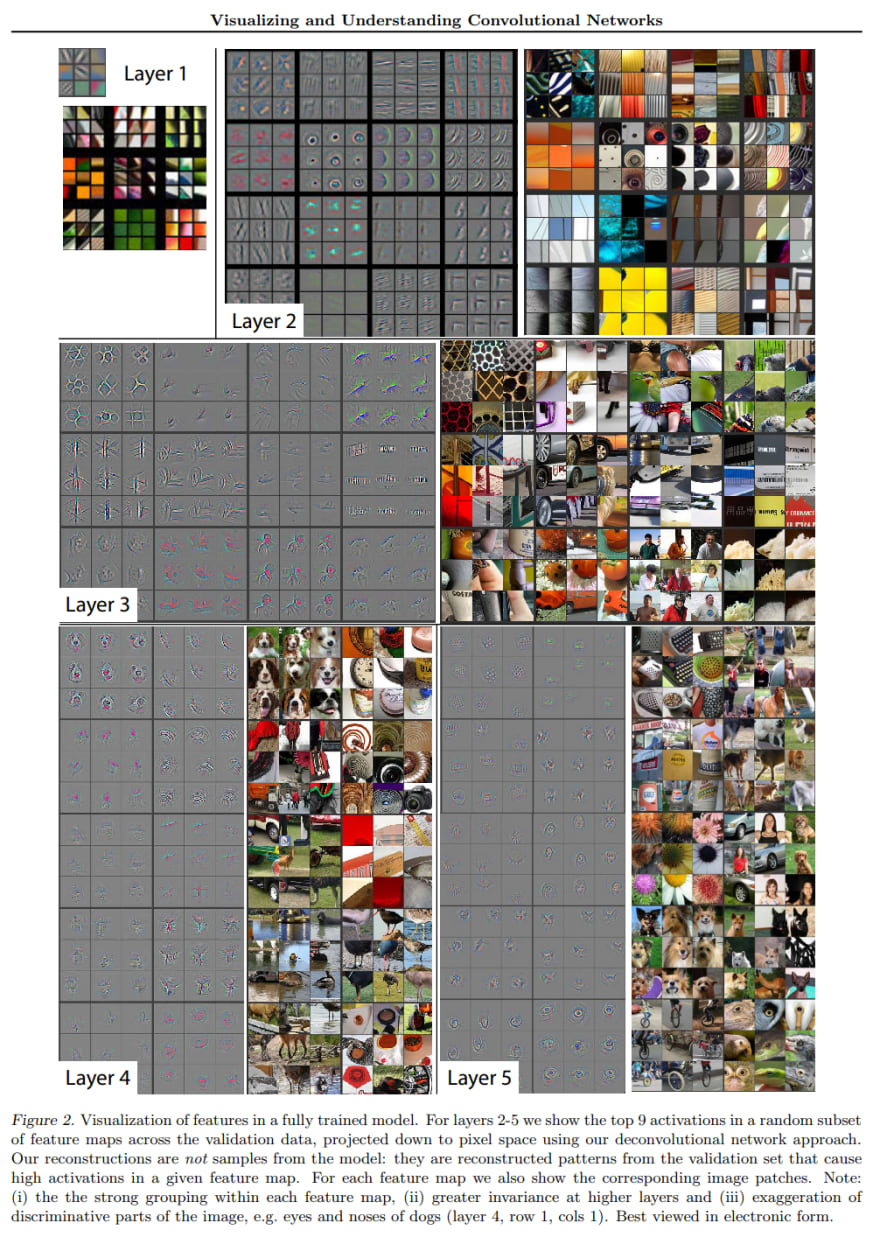Welcome to this overview on style transfer, a technique that uses machine learning to transform the style of one image onto another.
You might have seen examples of this before - for example, turning a photograph to look like a painting. But have you ever stopped to think about how it's done?
Why it matters?
At its core, style transfer is all about combining the content of one image with the style of another. But how do we this ? Well, first let me interest you on why it's important to understand style transfer beyond transforming an image into a painting.
One of the key concepts behind style transfer is something called perceptual loss, which is often used in generative adversarial networks and other compute vision problems (such as classification, clustering), this loss is a good approximation on what (us humans) we would see comparing two images.
How it works
First, we pass our images through a classifier network that has been trained on millions of images, like the VGG16 model. Then, we extract the intermediate values of the network in order to calculate two main losses: the content loss and the style loss.
The content loss is the mean squared error loss between the input image features and the content target's features. This preserves the spatial information of the image but doesn't compare style representations. By calculating the content loss, we ensure that the produced image retains the content of the target image.
The style loss is a measure of how similar the features of the style image and the target image are. In order to calculate the style loss, we first need to extract the intermediate values (also known as feature maps) of the classifier network (such as the VGG16 model) for both the style image and the target image. These feature maps can be thought of as representing different "layers" of the image, with the features of early layers (e.g., conv2, conv4) representing finer details and those of later layers (e.g., conv7) representing more abstract patterns.
Once we have extracted the feature maps, we flatten them into vectors and calculate a matrix called the gram matrix. The gram matrix is calculated by taking the dot product of the flattened feature maps with their transpose. This gives us a measure of the correlation or similarity between each feature map. The more similar the feature maps are, the larger the dot product will be, and the more different they are, the smaller the dot product will be. In this way, the gram matrix captures information about the style and texture of the image, but not much about its spatial structure (since we have flattened the feature maps).
Finally, we calculate the style loss by taking the mean squared error between the gram matrix of the style image and the gram matrix of the target image. This gives us a measure of how similar the style of the two images is. By minimizing the style loss during the optimization process (using gradient descent), we can adjust the pixels of the target image to better match the style of the style image.
Want to try out style transfer for yourself? Check out this YouTube video for a tutorial on how to do it!











Top comments (0)